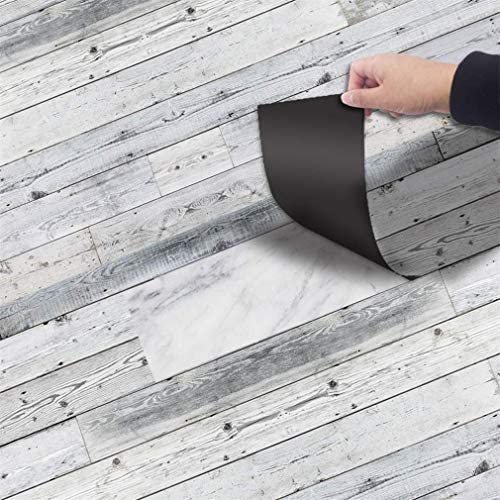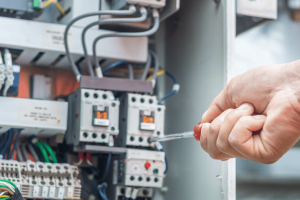Installation of linoleum flooring is a fairly simple process. In general, it will involve the following steps:
- Preparation: Preparation is key to any successful flooring installation. Make sure the subfloor is clean and level, and that any existing flooring has been removed.
- Measurement: Measure the area to be covered and calculate how much linoleum you will need. Make sure to account for any seams or cuts required.
- Installation: Lay the linoleum in the desired pattern, making sure to overlap the seams and secure them with adhesive. Make sure to use a roller to ensure the linoleum properly adheres to the subfloor.
- Finishing: Once the linoleum is laid, you can use a sealant to help protect it from wear and tear. The cost of linoleum flooring installation will vary depending on the type of flooring, the size of the area being covered, and the complexity of the installation. On average, installation costs can range from $1.50 to $4.50 per square foot.
Types of Linoleum Flooring
- Sheet Linoleum floor: Sheet linoleum flooring is one of the most common forms of linoleum flooring. It is a resilient flooring material that is made up of a combination of linseed oil, cork dust, wood flour, and mineral fillers. It is available in a variety of colors and patterns and is easy to install and maintain.
- Tile Linoleum Flooring: Tile linoleum flooring is a more durable form of linoleum flooring. It is made up of a combination of PVC, limestone dust, and dyes. It is available in a wide range of colors and patterns and is easy to install and maintain.
- Plank Linoleum Flooring: Plank linoleum flooring is designed to look like wood flooring. It is made up of a layer of PVC, limestone dust, and dyes. It is available in a variety of colors and patterns and is easy to install and maintain.
- Rolled Linoleum Flooring: Rolled linoleum flooring is the most economical form of linoleum flooring. It is made up of a combination of PVC, limestone dust, and dyes. It is available in a variety of colors and patterns and is easy to install and maintain.
Tips for Caring for and Maintaining Linoleum Floors
- Sweep, vacuum, or dust mop the floor regularly. This will help keep dirt and debris from getting ground into the linoleum, potentially causing scratches and other damage.
- Mop the floor occasionally with a damp mop and linoleum cleaner. This will help keep the surface clean and looking its best.
- Apply a coat of wax regularly. This will help create a protective layer on top of the linoleum and make it easier to clean.
- Avoid using any abrasive cleaners on the floor. This can damage the surface of the linoleum and make it more vulnerable to scratching and other damage.
- Repair damage. This will help keep the linoleum looking its best and prevent small problems from turning into bigger issues.
- Place mats or rugs in areas that experience a lot of foot traffic. This will help keep dirt and debris from being tracked onto the floor, which can cause damage to the linoleum.




